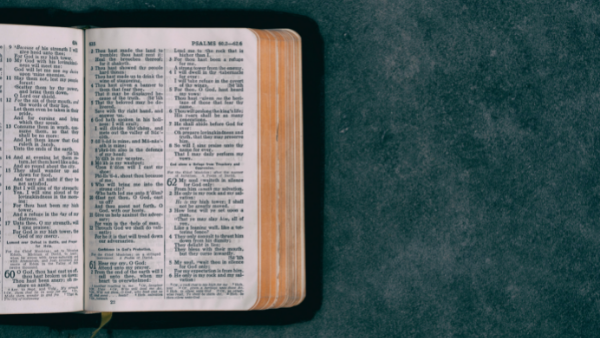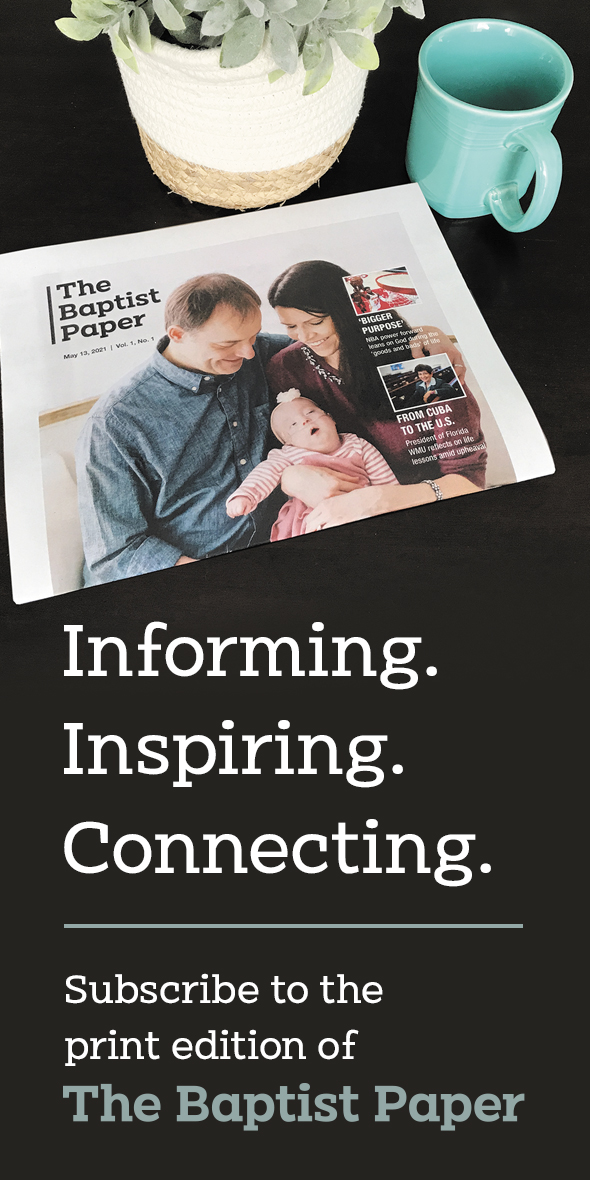HOPE IN GOD
Amos 9:5–15
Amos’ final dramatic vision is a vision of God Himself (theophany). Yahweh appears at the altar (probably Bethel), where worshippers continue to come despite Amos’ warnings their worship there offends God (4:4–5; 5:21), who is ready to demolish the shrine of Bethel.
The Lord’s culminating message is twofold: After so many warnings, disaster and punishment for sin are inescapable by this point. Disaster is, however, not the final word. God will preserve a remnant.
The introduction (5–6)
Who is this God with universal spatial and spiritual access? The third and final doxology of Amos tells us: the omnipotent, omnipresent “Lord, the God of Armies.”
What God determines, He can fulfill; therefore, escape is futile. God is already present in every direction a person might flee on the dreaded Day of the Lord.
At His touch, the earth convulses as in an earthquake (1:1), heaving like the turbulent Nile. God’s universal domain encompasses the earth, the foundation of His dwelling; the vault of the heavens; and the waters above the heavens over which He reigns (5:8; Gen 1:2, 6–9).
The shaking (7–10)
God also is sovereign over all nations, determining their destinies and movements. Israel cannot presume on her status as God’s “chosen” to escape judgment. She is both helped and disciplined just like all nations, far and near.
As an ominous image for what is effectively the point to which the entire book has been building, Amos employs the agricultural process of manually sifting grain in a sieve. Sieving grain (customarily women’s work) by shaking is the final and most meticulous process in harvesting grain.
After threshing has separated most of the grain from the stalk, and winnowing has rid the grain of chaff, sieving separates the remaining impurities like dirt, tares and tiny pebbles before the remaining good wheat is stored in jars and preserved as food or seed for next season.
The image has multiple facets, and exact details of grain sieving are unclear, but it is certainly an image of judgment, purification and removal, with a hopeful future element: All Israel will be in upheaval, both the good and the sinners, and taken away into exile among the nations. None will escape through the sieve, though some will be killed and others will be preserved.
Amos’ message was almost impossible to believe at this time because Jeroboam II had achieved significant imperial expansion and prosperity.
Nonetheless, Samaria fell and the Israelites were indeed exiled and scattered among the lands of the Assyrians and Medes (2 Kings 17).
The restoration (11–15)
“In that day” announces the reverse of doom brought by the Day of the Lord (5:18). The demolished house of Jacob will be rebuilt and restored. The covenant curses will be reversed.
Instead of enemy oppression, Israel would be militarily victorious. They could live in their own houses and benefit from their own hard-earned produce (see also 5:11). The fertility and yield of their fields and vineyards would surpass their farmers’ ability to keep up with the planting and harvesting seasons: they would overlap.
The God who justly disciplines them by scattering will Himself graciously restore and root His people, guaranteeing their stability in the land.
By Stefana Dan Laing
Associate professor at Beeson Divinity School in Birmingham, Alabama










